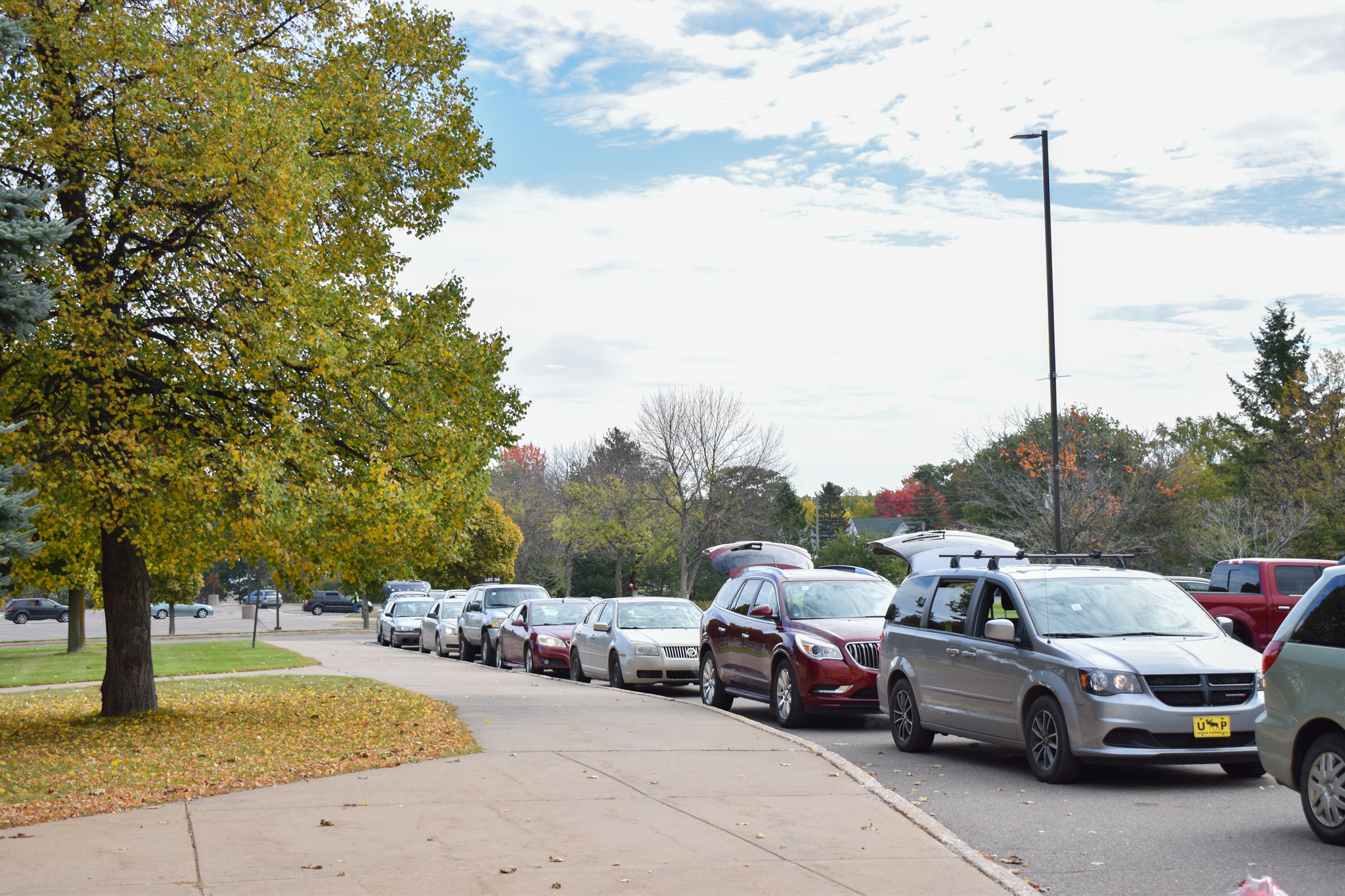
Food insecurity rates are rapidly increasing across the United States and we’ve seen this to be true right here in West Michigan and the Upper Peninsula. Nationally, 12.8% of households experienced food insecurity in 2022, which greatly exceeds the numbers from both 2020 and 2021. The food insecurity rate among households with children was even higher at 17.3%.
Food insecurity’s prevalence increased at a rate not seen since the start of the Great Recession.
This means that the number of times people in our communities outright go without eating is getting higher—and we believe this is unacceptable.
Rising costs of living, including health care and housing, as well as the conclusions of federal programs created to support neighbors during COVID-19, have contributed to this increase in food insecurity.
Consequently, attendance at food programs in our service area has been increasing for months. We saw a 34% rise in the attendance at our partner food pantries in 2023 as compared to 2021. Average attendance at Mobile Food Pantries was 41.4% higher in 2023 than 2021.
Our food support is now more crucial than ever. Hardworking parents, seniors living on limited incomes and children who need to focus on their education instead of their stomachs are all looking to us to help them access the food they need to not only survive—but to thrive.
Support from our community has never been so urgently needed. So join us in working together to end hunger today!
Data analyzed in this article comes from the USDA’s Economic Research Service’s Household Food Security in the United States Study in 2022 and Feeding America West Michigan’s internal data.

